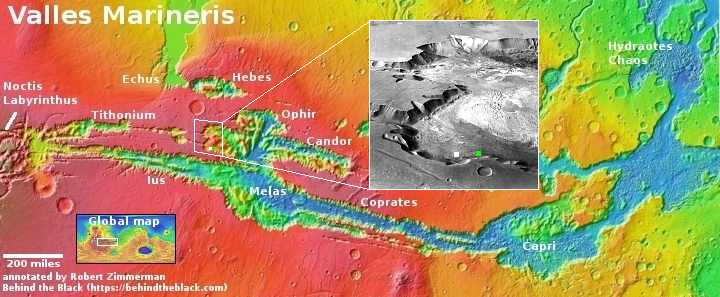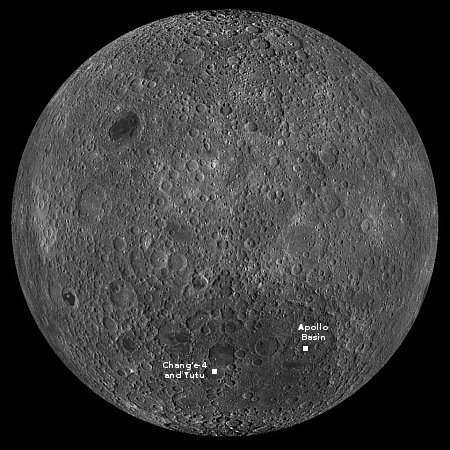How SpaceX got Indonesia’s business
Link here. The article describes not only how Elon Musk and SpaceX persuaded the Indonesian government to buy Falcon 9 launches and introduce Starlink into its country, it describes how a Chinese launch failure contributed as well.
When a Chinese rocket malfunctioned shortly after launch in April 2020, destroying Indonesia’s $220 million Nusantara-2 satellite, it was a blow to the archipelago’s efforts to strengthen its communication networks. But it presented an opportunity for one man. Elon Musk – the owner of SpaceX, the world’s most successful rocket launcher – seized on the failure to prevail over state-owned China Great Wall Industry Corp (CGWIC) as Jakarta’s company of choice for putting satellites into space.
The most fascinated aspect of the article for me however was its effort to create a sense that the U.S. government dislikes SpaceX’s independence.
But the U.S. government and military are concerned about their reliance on SpaceX, especially given Musk’s muscular business style, according to one current and one former U.S. official working on space policy. While legacy U.S. defence contractors like Boeing and Lockheed Martin typically consult the State Department before making foreign deals, Musk and SpaceX dealt directly with Jakarta, the two officials said.
…Nicholas Eftimiades, a former U.S. intelligence officer and expert on Chinese espionage operations at the Atlantic Council, a Washington-based think tank, said SpaceX’s CEO had ruffled some feathers in the U.S. capital: “Elon Musk does things his way and some officials don’t like that”.
The only Pentagon official quoted however had nothing negative to say about SpaceX.
It is likely there are officials in the Pentagon who want SpaceX to crash and fail, especially considering the full court press by many agencies against SpaceX since Biden became president. It is also likely that Reuters, which published this article, wants that full court press to succeed, and is eager to spin any SpaceX success badly, if it can. In general today mainstream press sources like Reuters operate as arms of the Democratic Party. If Biden wants SpaceX killed, so will Reuters.
No matter. The article can’t help describing why SpaceX is successful. It competes aggressively, and wins customers because it produces products that work, reliably.
Link here. The article describes not only how Elon Musk and SpaceX persuaded the Indonesian government to buy Falcon 9 launches and introduce Starlink into its country, it describes how a Chinese launch failure contributed as well.
When a Chinese rocket malfunctioned shortly after launch in April 2020, destroying Indonesia’s $220 million Nusantara-2 satellite, it was a blow to the archipelago’s efforts to strengthen its communication networks. But it presented an opportunity for one man. Elon Musk – the owner of SpaceX, the world’s most successful rocket launcher – seized on the failure to prevail over state-owned China Great Wall Industry Corp (CGWIC) as Jakarta’s company of choice for putting satellites into space.
The most fascinated aspect of the article for me however was its effort to create a sense that the U.S. government dislikes SpaceX’s independence.
But the U.S. government and military are concerned about their reliance on SpaceX, especially given Musk’s muscular business style, according to one current and one former U.S. official working on space policy. While legacy U.S. defence contractors like Boeing and Lockheed Martin typically consult the State Department before making foreign deals, Musk and SpaceX dealt directly with Jakarta, the two officials said.
…Nicholas Eftimiades, a former U.S. intelligence officer and expert on Chinese espionage operations at the Atlantic Council, a Washington-based think tank, said SpaceX’s CEO had ruffled some feathers in the U.S. capital: “Elon Musk does things his way and some officials don’t like that”.
The only Pentagon official quoted however had nothing negative to say about SpaceX.
It is likely there are officials in the Pentagon who want SpaceX to crash and fail, especially considering the full court press by many agencies against SpaceX since Biden became president. It is also likely that Reuters, which published this article, wants that full court press to succeed, and is eager to spin any SpaceX success badly, if it can. In general today mainstream press sources like Reuters operate as arms of the Democratic Party. If Biden wants SpaceX killed, so will Reuters.
No matter. The article can’t help describing why SpaceX is successful. It competes aggressively, and wins customers because it produces products that work, reliably.










